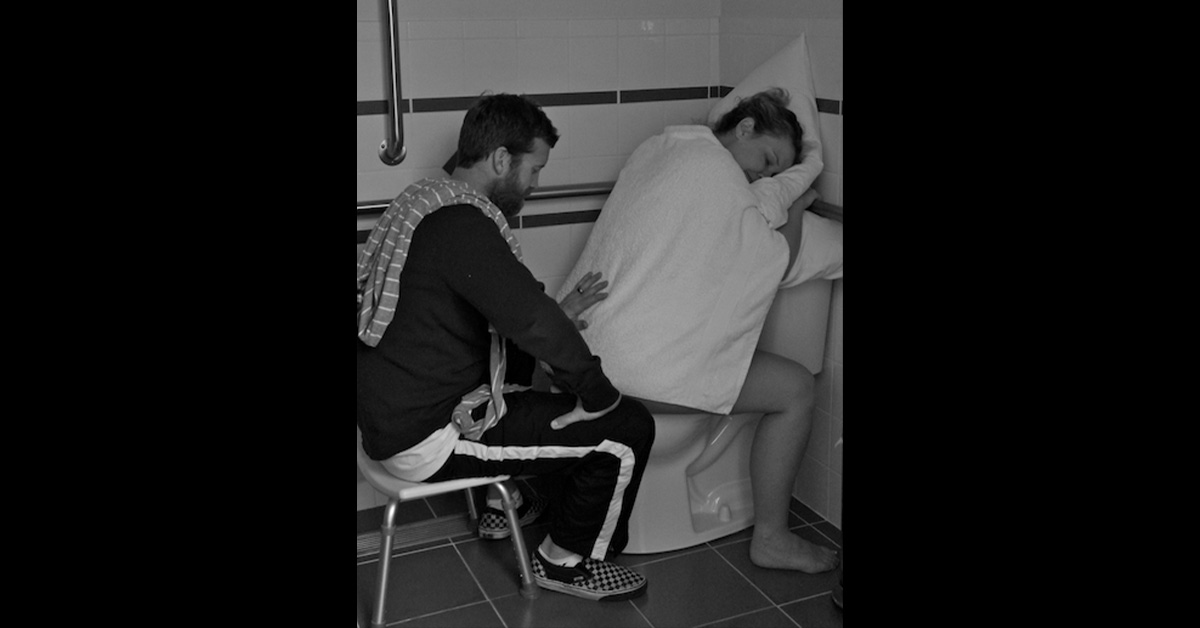
But I don’t want to be induced
Childbirth, Induction Of Labour, Labour
I don’t want to be induced”, you think to yourself, hoping that your care provider will cut you some slack and continue to monitor you while your baby picks his/her own birth-day. You’ve heard that prostaglandin gel, followed by I.V. pitocin, can be a challenging way to labour. You’ve been hoping to approach labour from a natural perspective, allowing your body to begin the birthing journey in its own time, and in its own way. So what can you do?
There are some age-old approaches to inducing labour. You might find some of these are worth a try…especially as your due date comes and goes and you begin to wonder if you will go into labour naturally (you will…but you can’t help but wonder!) As the mother of five children, two of whom were born at 42 weeks, and the grandmother of two post-due date babies, I’ve seen the positive effects of trying alternative ways to bring on contractions.
- Try exercise – letting gravity help by increasing pressure on the cervix and bringing the baby further down the birth canal.
- Try sex – lots of it – allowing the cervix to be bathed in the natural prostaglandins found in semen. Remember, keep in a prone position for a while after sex, leaving the semen to work its magic.
- Try nipple stimulation – either manually or with a breast pump. Nipple stimulation releases oxytocin which helps the uterus to begin contracting.
- Try acupuncture to stimulate the release of oxytocin leading to uterine contractions.
- Try spicy foods – the heat from the spices can encourage your body to produce prostaglandins.
- Try castor oil mixed in some orange juice – talk to your care provider about this as there are differing opinions on this centuries-old approach to inducing labour. Although it leads to some digestive upset (specifically cramping and loose stools), as the bowel contracts, the uterus is encouraged to do the same.
- Try Evening Primrose Oil – both as a supplement and as a vaginal insert. EPO is thought to soften the cervix.
- Try Red Raspberry Leaf tea – this herbal tea helps to tone the uterus and settle contractions into a regular pattern.
- Try membrane stripping – your care provider will use a gloved finger to manually separate the amniotic sac from the uterus which will stimulate prostaglandin release. Prepare for some cramping which will hopefully lead to regular contractions.
Most importantly, TRUST! Believe that your body can labour naturally, and that your baby will be ready to enter the world on the day that is perfectly right for your situation. 38-42 weeks and anywhere in between is absolutely normal for full-term gestation. We don’t need to rush ourselves into labour but we can give our bodies a nudge once we are beyond our due date. As mothers, we can learn to develop patience even before we are holding our babies in our arms. An excellent mothering trait!



